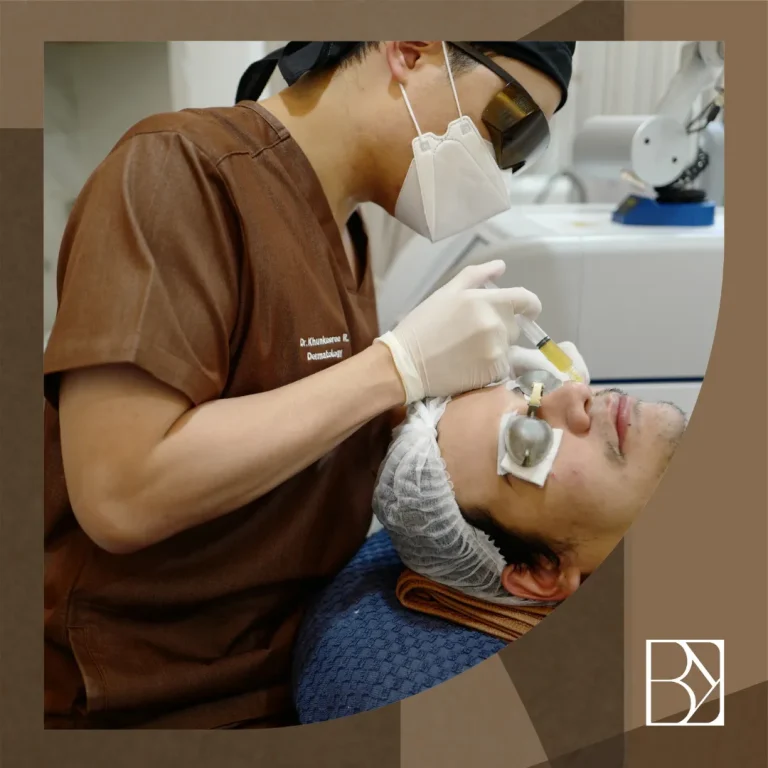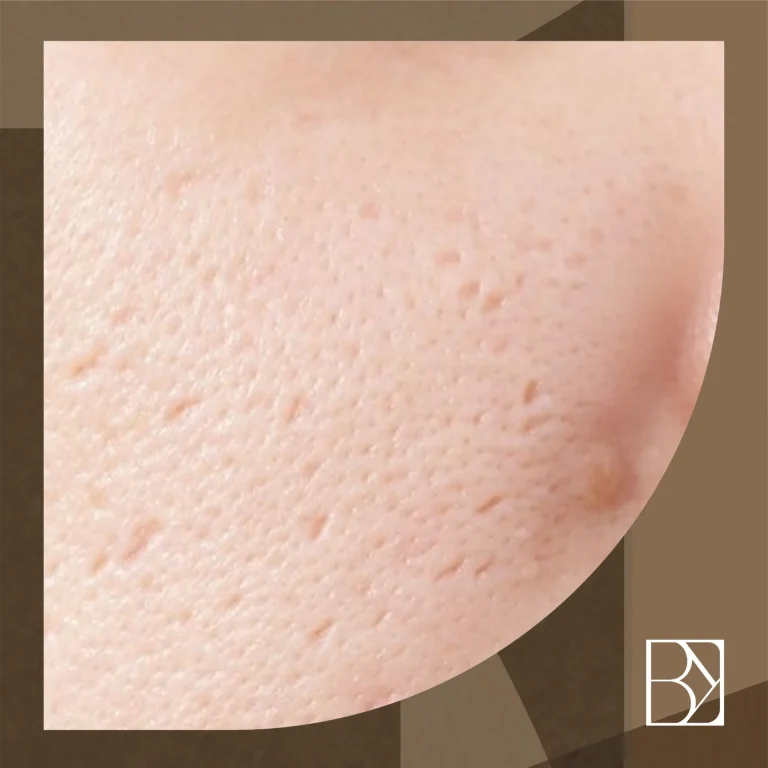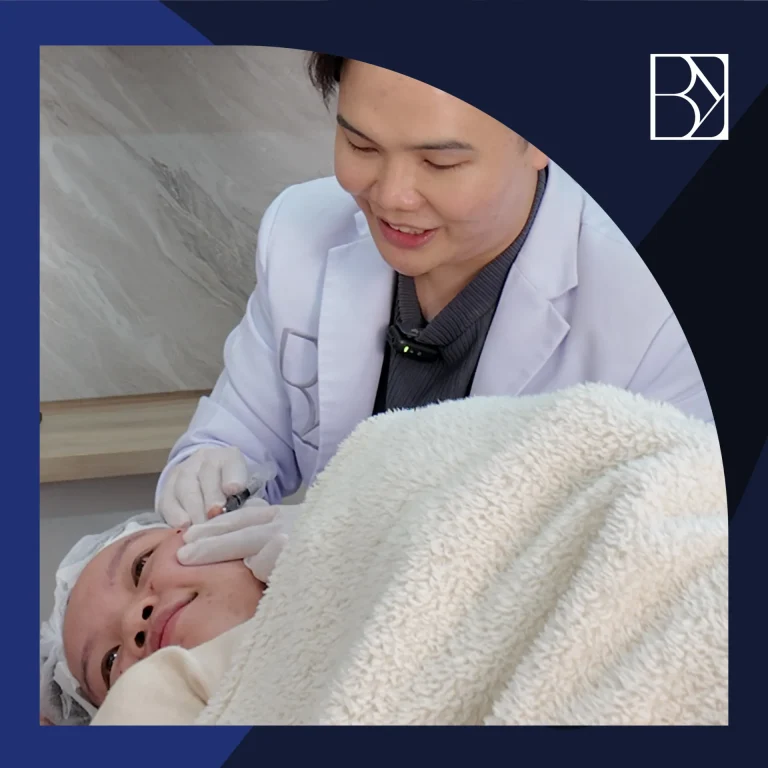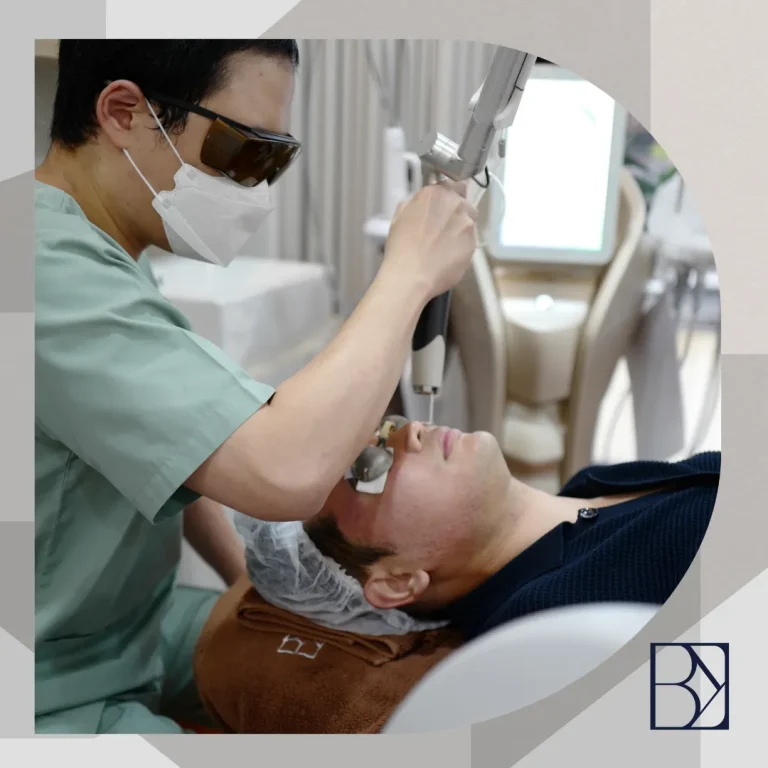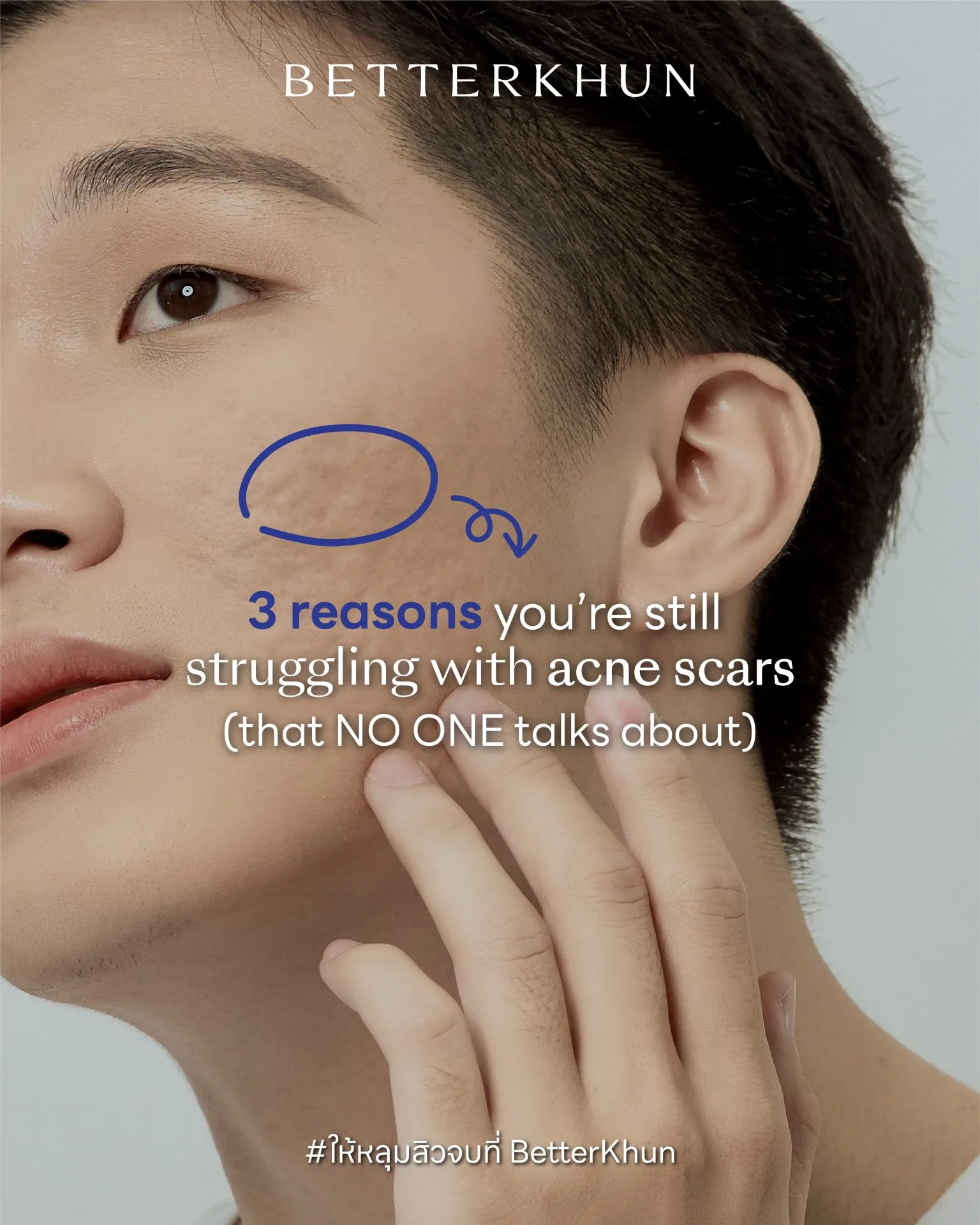
If you’ve tried all sorts of treatments—lasers, creams, facials—but your acne scars still won’t go away, it’s not your fault. You’re probably not doing the wrong things. You’re just not doing them in the right way.
Most people think acne scar treatments are all about doing more: stronger lasers, fancier products, and lots of appointments. But the truth is, getting real results isn’t about doing more. It’s about doing it smarter.
Let’s talk about the 3 hidden reasons your acne scars may not be improving—and why most people don’t realize them.
1️⃣ You’re Treating the Surface—Not the Structure
This is the single most common misunderstanding we see.
Most acne scar patients are prescribed lasers, peels, or resurfacing treatments. These all work beautifully—for the surface of your skin. But acne scars, especially the deep, tethered kind like rolling or boxcar scars, are more than skin-deep.
Underneath each visible depression is a network of tight fibrous bands and damaged collagen. Think of your skin like a mattress. The scar on top is the dent, but underneath, it’s being pulled down and held by cords. Unless you release those cords—no amount of polishing the surface will lift the scar.
That’s why many patients feel stuck: they’re consistent, they’re patient, and they’re doing everything right on paper. But the treatment is never going deep enough to unhook the foundation of the scar.
What you need instead: A combination of structural interventions. Treatments like Subcision, Program Biostimulator injectables, or Program Microneedling RF are designed to reach deeper skin layers, manually release those tight bands, and remodel collagen from the base up.
Until this step is addressed, you’re not really fixing the scar—you’re just softening its shadow.
2️⃣ You’re Not Focusing on Collagen Stimulation
Here’s a truth no one tells you: collagen is everything.
Without collagen, your skin can’t rebuild or repair anything, let alone acne scars. And unfortunately, collagen doesn’t just “grow back” because you want it to. It needs to be stimulated—intentionally, consistently, and in the right way.
Too often, patients jump from one laser to another, expecting miracles. But many resurfacing tools don’t stimulate collagen production in a sustained or targeted way. Even worse, some aggressive treatments can damage existing collagen if not done carefully or in the right context.
Collagen is your body’s natural repair system, but it works like a slow, diligent builder. Give it the wrong instructions, and nothing improves. Give it no instructions, and you’re stuck in place.
So how do you stimulate collagen properly?
By using collagen-focused treatments that are part of a broader strategy—not random one-offs.
-
Program Microneedling RF (especially as part of a program) delivers heat and controlled injury deep into the dermis, triggering collagen growth.
-
Program Biostimulators like Sculptra or Radiesse actively promote collagen production over months.
-
Program Fractional lasers can also help—but only if the foundational layers have already been addressed.
It’s not just about using one of these tools. It’s about combining and sequencing them correctly, which brings us to our next point.
3️⃣ You’re Doing the Right Treatments—In the Wrong Order
This one’s a heartbreaker because it happens all the time.
Patients come in having done every single treatment we’d recommend—subcision, lasers, microneedling, injectables—but they’re still not seeing results. Why? Because the order was off.
Scar treatment isn’t just a checklist—it’s a strategic sequence. Think of it like building a house. You wouldn’t paint the walls before laying the foundation. But that’s exactly what many patients unknowingly do when they start with surface treatments like Pico laser or CO2.
Here’s the correct order:
-
Release the scar: This is where subcision comes in. It physically cuts the fibrous bands holding the base of acne scar down, freeing the skin to rise.
-
Stimulate collagen: Once the scar is released, you need to fill the empty space and stabilize it with collagen stimulation. This could be through microneedling RF, biostimulators, or injectables designed for skin remodeling.
-
Refine the surface: Only once the foundation is solid should you move on to resurfacing treatments like Pico laser, fractional lasers, or chemical peels. These refine texture and pigmentation but cannot lift or rebuild structural issues.
Skipping steps or reversing the order wastes not only time—but also money and emotional energy.
So What Should You Do Now?
If all of this sounds new or confusing, don’t worry. You’re not alone—and it’s not too late.
The truth is, most people are never told these things. But when you understand how scars really work, you can start to heal them the right way.
At our clinic, we don’t just guess. We create personal scar treatment plans that:
✅ Target the scar at its root (structure first)
✅ Maximize collagen output with biostimulation
✅ Sequence everything in the right order for synergy—not chaos
This approach isn’t just more effective. It’s more empowering. When you understand why certain treatments are done—and when—you take back control of your skin journey.
Final Thoughts: Work Smarter, Not Harder
Your acne scars don’t define you. But if you want to treat them, you should do it with a plan that actually works.
Before you book your next session, ask yourself:
-
Am I only treating the surface?
-
Am I helping my skin make collagen?
-
Am I following the right order?
Because real change doesn’t come from doing more—it comes from doing it right.

